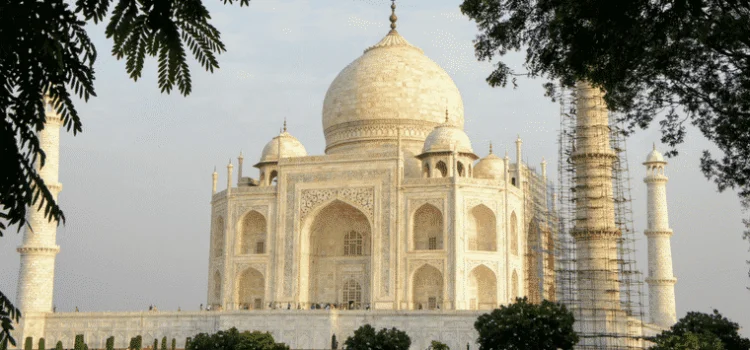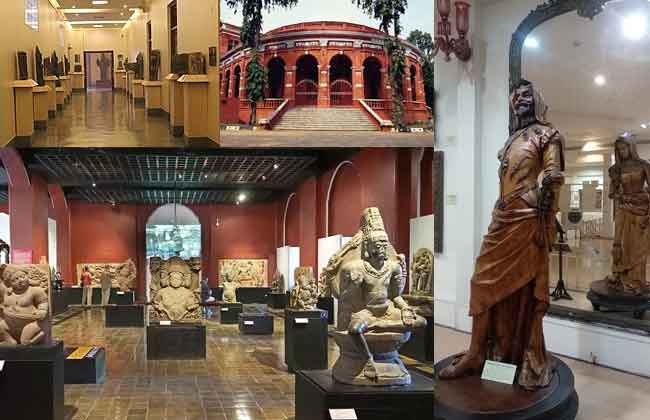Traditional Art and Craftsmanship: The world of art and craftsmanship is a testament to human creativity and ingenuity, and throughout history, traditional methods have played a pivotal role in shaping our cultural heritage. From intricate handwoven textiles to masterfully sculpted artifacts, traditional art forms continue to captivate and inspire us. In this article, we delve into the timeless allure of traditional art and craftsmanship, exploring its significance, the skills it requires, and the efforts being made to preserve these invaluable traditions for future generations.
I. The Significance of Traditional Art:

Traditional art embodies the essence of a culture, reflecting its history, values, and unique aesthetic expressions. It serves as a visual language that communicates narratives, beliefs, and traditions from generation to generation. Traditional art forms such as painting, pottery, and woodwork serve as tangible links to our past, reminding us of our roots and fostering a sense of cultural identity. They allow us to connect with our ancestors, fostering a deeper understanding of our collective heritage.
II. The Craftsmanship Behind Traditional Art:
Traditional craftsmanship involves a meticulous process that demands patience, skill, and a deep understanding of materials. Whether it’s the delicate brushstrokes of a traditional painting or the intricate carving of a wooden sculpture, each art form requires specialized techniques passed down through generations. Artisans spend years honing their skills, mastering the precise movements and developing an intuitive sense for their craft.
Furthermore, traditional art often relies on sustainable practices and natural materials, aligning with the principles of eco-friendliness and environmental conservation. Traditional textile production, for instance, may involve using organic dyes and locally sourced fibers, promoting sustainable farming and supporting local economies.
III. Challenges and Efforts in Preservation:

In today’s fast-paced, technology-driven world, traditional art and craftsmanship face numerous challenges. Modernization, globalization, and mass production have led to the decline of traditional practices and the loss of artisanal skills. Younger generations are often drawn to more lucrative career paths or are influenced by popular culture, resulting in a shrinking pool of skilled artisans.
To counter these challenges, initiatives are underway worldwide to preserve and revive traditional art forms. Organizations, museums, and cultural institutions are actively documenting and archiving traditional practices, safeguarding knowledge and techniques that could otherwise vanish. Furthermore, community-based programs and educational initiatives are being introduced to impart traditional skills to the younger generation, ensuring the continuity of these invaluable art forms.
IV. The Beauty of Cultural Exchange:
Traditional art and craftsmanship have transcended borders and fostered cultural exchange throughout history. As art forms travel across continents, they merge and evolve, creating new styles and inspiring artists in diverse cultural contexts. The fusion of traditional and contemporary art forms brings about fresh perspectives and innovative creations.
Additionally, the appreciation and support of traditional art by global audiences contribute to the sustainability of these practices. Through exhibitions, festivals, and online platforms, traditional artists gain exposure to wider markets, fostering economic opportunities and encouraging the continuation of their craft.
Traditional art and craftsmanship represent the living legacy of our ancestors, offering a window into the rich tapestry of human culture. Preserving these invaluable traditions is not only a means of honoring our past but also a way to ensure a vibrant and diverse artistic landscape for future generations. By supporting artisans, raising awareness, and actively participating in cultural exchange, we can celebrate the enduring beauty and significance of traditional art and craftsmanship, ensuring their survival in a rapidly changing world.
Read Also: The Renaissance
![]()






4 thoughts on “Traditional Art and Craftsmanship”